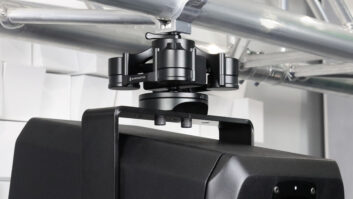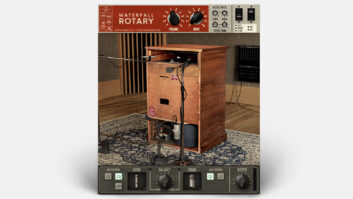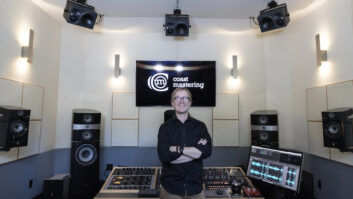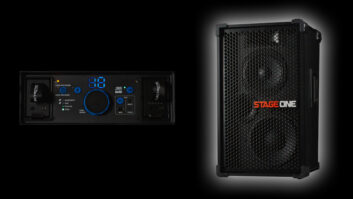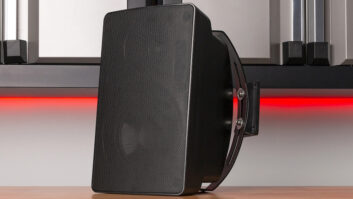Acoustic sound designer, Canadian inventor and IsoAcoustics founder Dave Morrison is launching ISO·L8R155, a line of speaker stands from IsoAcoustics that is said to maximize the full potential of audio speakers in virtually any listening environment. Thanks to a unique, patented isolation technology, the stands permit speakers to “float” in free space, allowing listeners to hear authentic sound.
ISO·L8R155 stands are intended for recording studios and editing suites, as well as audiophile and home theater applications. At 6×7.5 (WxD) inches, the ISO·L8R155 is specifically designed for all 4- to 7-inch near-field studio monitors. The stands have a height of up to 9 inches to raise and tilt high-frequency tweeters to ear level. The stands ship with two lengths of tubing, 3 inches and 8 inches, which are designed to optimize listening positions in virtually any studio or home environment.
Morrison states that IsoAcoustics stands have undergone thorough testing at the National Research Council Canada, and that the stands effectively eliminate energy transfer to surrounding surfaces. “The design is state of the art, yet the principle is hundreds of years old,” Morrison explains. “It’s based on Isaac Newton’s Third Law of Reciprocating Motion: For every action, there is an equal and opposite reaction.”
Under normal conditions, the speaker cone moves forward causing the enclosure to move back. IsoAcoustics stands move in a direction sympathetic to the sound source. They are said to be the only stands designed to address the three elements that optimize speaker performance: Placement, Isolation and Focus (PIF).
The patented isolation system decouples low frequency vibrations from the supporting surfaces, while providing superior mid-range audio imaging as it encourages all movement to remain on-axis. Tilt and height adjustments optimize positioning. The isolation and response of the stand is a function of the isolator’s shape, volume and density. Supporting tubes move fore and aft, while resisting secondary movements and oscillations. Bass frequencies are said to become tighter while overall imaging is improved.
For more information, go to www.isoacoustics.com or contact Dave Morrison at 905/294-4672.

